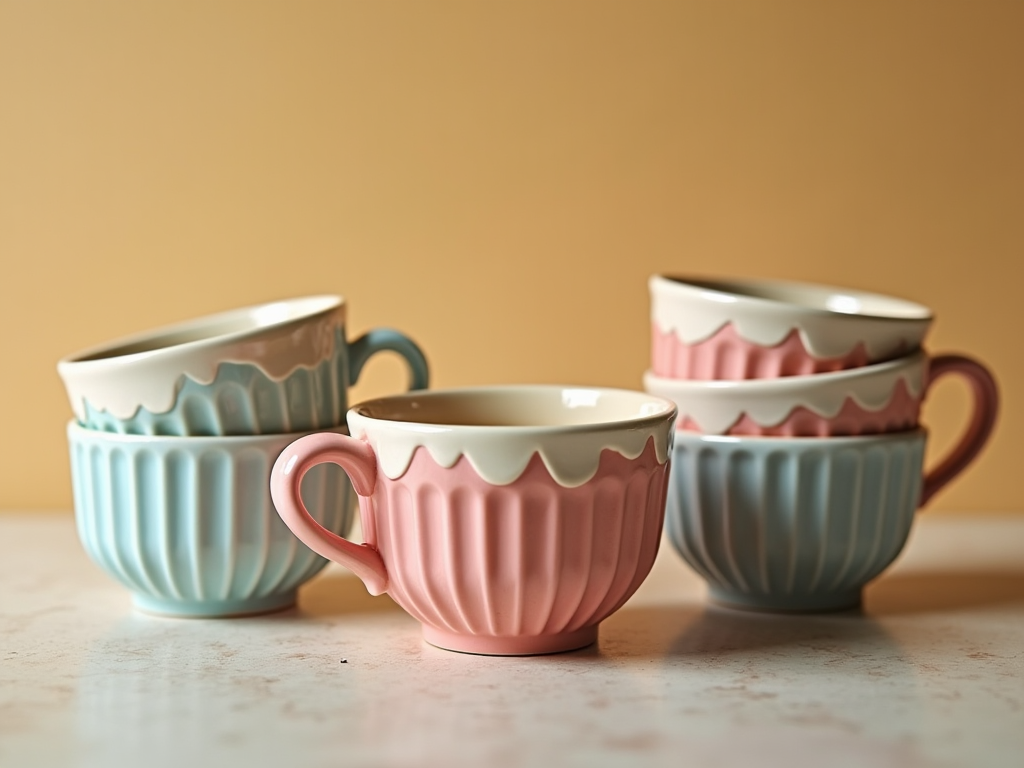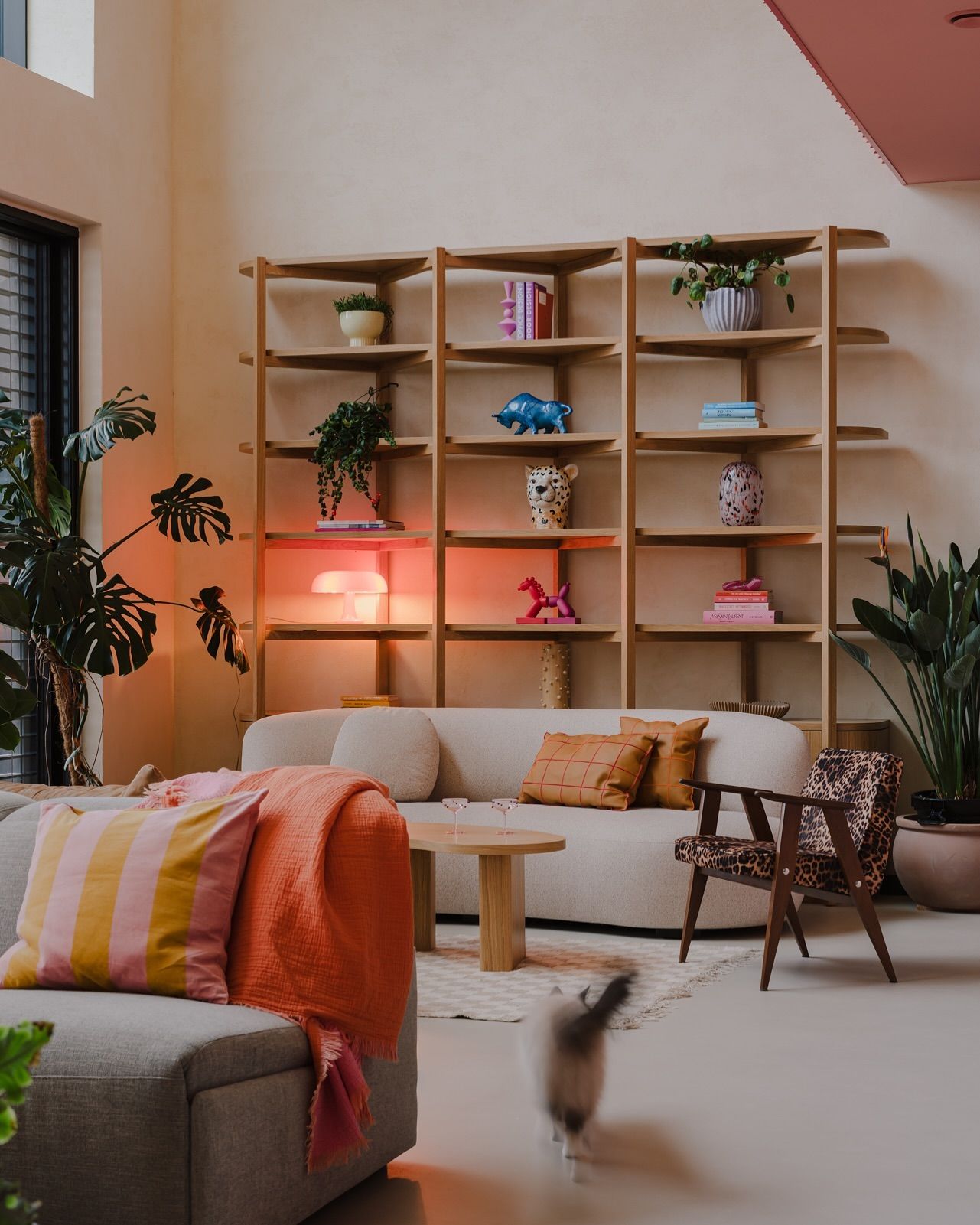Quick facts
Can't find the answer you're looking for? Please get in touch with our friendly team.
How full do you fill baking cups?
Fill baking cups about two-thirds full for best results. This allows room for the batter to rise without overflowing. If you're using standard-sized cups, this typically means filling them to just below the rim.
What is the difference between cupcake liners and baking cups?
Cupcake liners are typically made of paper and are designed to line muffin tins, providing a decorative touch and easy removal. Baking cups are often thicker, sometimes made of silicone or foil, and can be used directly on a baking sheet, offering more structural support.
Do you bake directly in baking cups?
Yes, you can bake directly in baking cups. They are designed for this purpose, usually made from materials like paper, silicone, or aluminum. Ensure they are oven-safe and follow the manufacturer's instructions for best results.
Category Overview
Introduction
Baking cups are an essential tool in any home baker's arsenal, serving as both a functional and decorative addition to your kitchen. They simplify the baking process, allowing you to whip up delightful treats like muffins, cupcakes, and even mini quiches without the usual hassle of greasing pans. Not only do they enhance the comfort of baking by reducing cleanup time, but they also elevate your culinary presentations, making them visually appealing for gatherings or family dinners.
Functionality
The primary function of baking cups is to provide a reliable vessel for your baked goods. Typically made from paper or silicone, these cups easily release baked items while holding their shape throughout the baking process. You can find them in various contexts—ideal for use in your kitchen or even outdoors for picnics or barbecues when preparing portable snacks. Additionally, many baking cups feature designs like grease-proof coatings or fun prints that add flair to any occasion, making them perfect for celebrations.
Design & Style
Baking cups come in a wide variety of styles and materials to fit any theme or decor preference. Common materials include standard paper liners, festive foil options, and reusable silicone molds. Variants range from whimsical colors and patterns suitable for children's parties to elegant designs perfect for sophisticated gatherings. Personalization is easy; simply choose ones that align with your event’s color scheme or your kitchen's aesthetic—whether modern minimalism or rustic farmhouse charm.
Practical Considerations
When selecting baking cups, consider factors such as size (standard vs. jumbo), material durability (paper vs. silicone), and design options (plain vs. printed). Avoid common pitfalls like choosing flimsy paper that may not hold up well during baking; opt instead for heavier-duty options that provide better structure. It’s also wise to think about how often you'll use them—if you're a frequent baker, investing in durable silicone varieties could save you money over time.
Comparison and Alternatives
There are pros and cons associated with different types of baking cups. Paper cups are typically single-use but are great for quick cleanup; however, they might not be environmentally friendly compared to reusable silicone cups that can last through countless bakes—a cost-effective choice long-term though they require more cleaning effort after each use. Choose round traditional shapes for muffins or rectangular ones if you're keen on unique desserts like brownies; consider your kitchen space when deciding on sizes too.
Trends and Popular Items
Currently trending in the world of baking cups are eco-friendly options made from compostable materials—perfect for those looking to reduce their environmental footprint while enjoying sweet treats! Patterns inspired by popular culture or seasonal themes have also gained popularity among bakers wanting to make memorable impressions at their events. If you're keen on minimizing storage space while maximizing functionality in your kitchen setup, consider opting for collapsible silicone versions that can adapt seamlessly into your home. In conclusion, incorporating high-quality baking cups into your culinary toolkit not only streamlines the baking process but also allows you to express creativity through design while ensuring convenience during preparation and cleanup.


